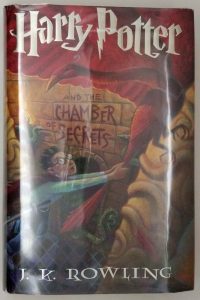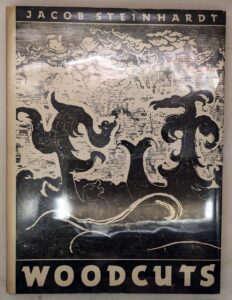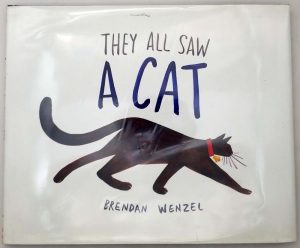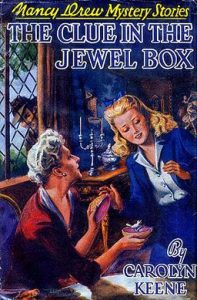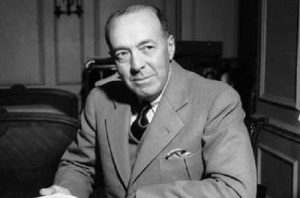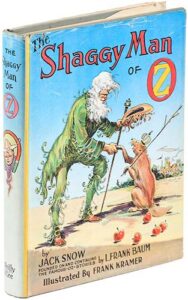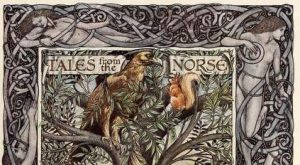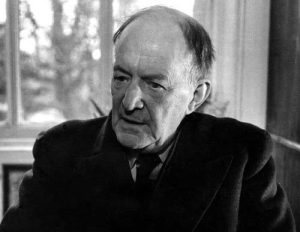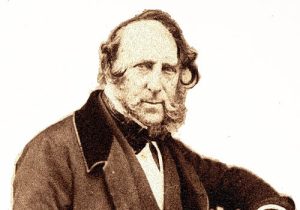Robert Cormier – American author, 1925-2000

Robert Cormier entered the field of young adult fiction with The Chocolate War. Although the title suggests an innocuous, even humorous story, the novel’s first line establishes a very different tone: “They murdered him.” With these stark, uncompromising words, the reader is plunged into a dark tale of tyranny and evil played out against the background of a boys’ parochial school. With its challenging themes and taut, suspense fill writing, the book made a shattering impact on the world of the young adult novel. The author’s subsequent books enhanced his reputation as one of the outstanding creators in the field.
Robert Cormier was born and raised in the French Hill section of Leominster, Massachusetts, a small, close-knit community of French Canadian immigrants. Renamed Monument, Massachusetts, his hometown is featured in several of his books, including Fade (1988), which evocatively describes a neighborhood where all the fathers work at the town plastics factory, all the children attend the local Catholic school, and grandparents, aunts, and uncles live just down the block. As a teenager, some of Cormier’s early poems were published in the Leominster Daily Enterprise. He attended nearby Fitchburg State College for one year but left school to make his living as a writer. He worked for a radio station and a newspaper before settling at the Fitchburg Sentinel, where he spent more than twenty years as a writer and editor. The married father of four also published stories in magazines such as Redbook and the Saturday Evening Post. His powerful first novel, Now and at the Hour (1960), concerns an elderly man facing death. Cormier wrote two more adult novels before his teenage son’s experiences with a school candy sale inspired a new story.
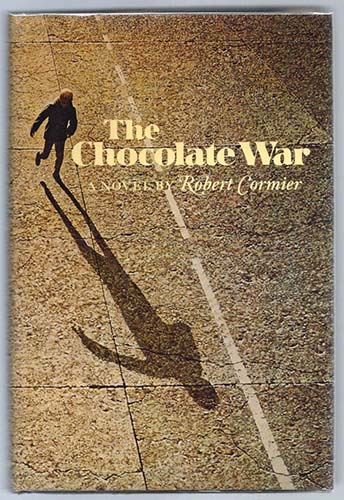
Although published as a young adult book, The Chocolate War is written with a complexity seldom associated with the genre. A mosaic of short, tightly written scenes, the book centers on Jerry Renault, a freshman at Trinity, a New England Catholic school. Insecure and still grieving over his mother’s death, Jerry asks himself the question printed on his favorite poster: “Do I dare disturb the universe?” Archie Costello, the amoral leader of the Vigils, Trinity’s secret society, gives Jerry the assignment of refusing to sell chocolates for the school fundraiser. In turn, Brother Leon, an evil and power-hungry teacher, pressures Archie into revoking Jerry’s assignment. But Jerry continues not to sell the chocolates, resulting in an inevitably brutal conclusion. The novel is an explosive examination of evil and the corruption of power; each of the many characters is brilliantly defined and the writing is stark and fast-moving, yet contains penetrating images and metaphors.
In Robert Cormier’s next two books, social and political problems alter the lives of contemporary teenagers. I Am the Cheese (1977) is extremely complex in structure, interpolating three connected stories: Adam Farmer’s first-person, present-tense account of a mysterious bicycle journey, a third-person description of his past, and a transcript of his interrogation by a strange man named Brint. The plot, which hinges on a witness-relocation program, comes to a breathtaking conclusion that causes many people to reread immediately the entire novel, looking for the clues that foreshadow the disheartening outcome. After the First Death (1979) also contains riveting suspense, an unusual structure, and a grim theme. The story concerns a busload of small children held hostage by terrorists, and its young adult appeal results from its focus on three teenage characters, including Kate, the young bus driver. Cormier’s first female protagonist is particularly memorable for her courageous actions in this exquisitely written novel of suspense, betrayal, and bravery.
The author received the 1991 Margaret A. Edwards Award for his first three young adult novels, which remain unforgettable in their storytelling and devastating in their impact. Among his other young adult books are Eight Plus One (1980), a collection of short stories that is somewhat uneven due to the frequent use of adult protagonists; The Bumblebee Flies Anyway (1983), a chilling tale of terminally ill teenagers; Beyond the Chocolate War (1985), a strong sequel, with an even greater suspense quotient; and We All Fall Down (1991), a well-written story of urban violence that includes few appealing characters. One of Cormier’s most talked-about novels is a vast departure from his previous works. Fade contains elements of the supernatural, as young Paul Moreaux discovers his ability to become invisible and, a generation later, must stop his troubled nephew from abusing the power that he, too, has inherited. The work’s raw violence and sexuality push the envelope of adolescent fiction and may disturb readers of all ages. But few will deny the power of this compelling novel, which is notable for its autobiographical descriptions of 1930s “Frenchtown,” its shifting viewpoints, and its terrifying plot and themes. In Tenderness (1997) Cormier explored the mind of a psychopathic teen killer. In The Rag and Bone Shop (2001) he found fresh fictional forms for his favorite themes: guilt, forgiveness, misuse of authority, and the corruption of innocence.
Much of the author’s work was informed by his strong Roman Catholic faith, a topic he addressed directly in Other Bells for Us to Ring (1990), his first book for younger readers. This story of Darcy, who moves to Frenchtown during World War II and becomes friends with a Catholic girl!, is very well written but may seem simplistic and sentimental to fans of Cormier’s earlier novels. Tunes for Bears to. Dance To (1992) explores the subject of evil for a juvenile audience, as a loathsome employer bribes young Henry into committing a destructive act against an elderly Holocaust survivor. Although flawed by insufficient character motivation and a truncated plot, the author’s fine writing and descriptive skills remain in top form.
Robert Cormier’s novel’s have been adapted for films, taught in secondary schools, studied by critics, and continue to be popular with young readers. Like all important books, they have elicited controversy. The author’s unwillingness to sugar- coat his themes or compromise the integrity of his stories by providing unrealistic happy endings has caused some to criticize the bleak, pessimistic view of humanity displayed in his work. Do the books portray a universe filled with only defeat and despair? Yes, they often do. But is this actually the Overriding theme of the writing? No. Half of each reading experience involves the emotions and attitudes of the reader. Cormier’s readers come away from his books asking serious questions Of themselves. Do I have the courage of Kate in After the First Death? Do 1 have the resolve of Jerry in The Chocolate War? What would I do if I were one of his classmates? Do I dare disturb the universe? In his brilliantly crafted novels, Cormier presented important ethical issues and asked tough questions. The reader is left to ponder the answers.
When Robert Cormier died, hundreds of his readers, friends, and young people gathered in Leominster to pay tribute to the man who had not only vitalized the field of young adult literature but touched their personal fives as well.
P.D.S.
Source: Children’s Books and their Creators, Anita Silvey.
Robert Cormier Bibliography
- Now and at the Hour (1960)
- A Little Raw on Monday Mornings (1963)
- Take Me Where the Good Times Are (1965)
- The Chocolate War (1974)
- I Am the Cheese (1977)
- After the First Death (1979)
- Eight Plus One (1980), collection
- The Bumblebee Flies Anyway (1983)
- Beyond The Chocolate War (1985)
- Fade (1988)
- Other Bells for Us to Ring (1990); UK title, Darcy (1991)
- We All Fall Down (1991)
- I Have Words to Spend (1991)
- Tunes for Bears to Dance To (1992)
- In the Middle of the Night (1995)
- Tenderness (1997)
- Heroes (1998)
- Frenchtown Summer (1999)
- The Rag and Bone Shop (2000)
